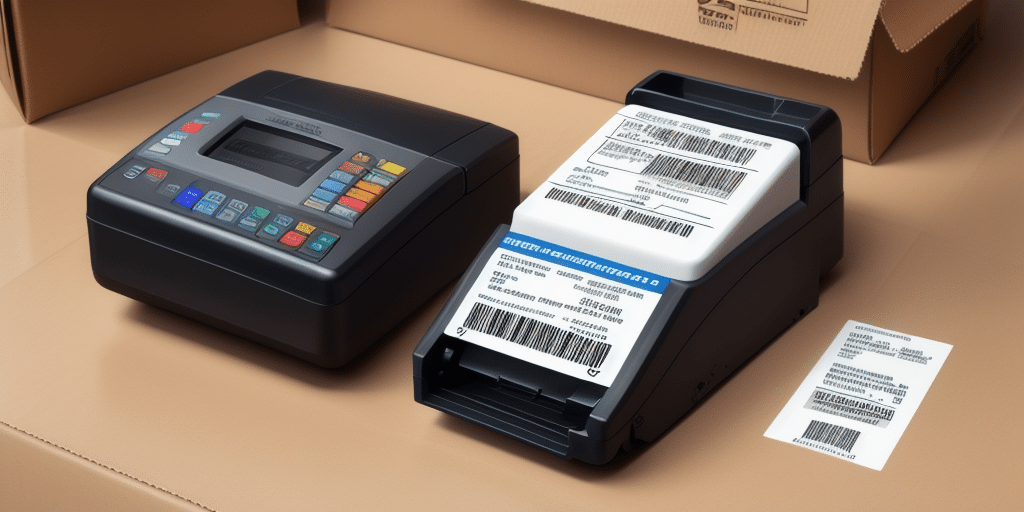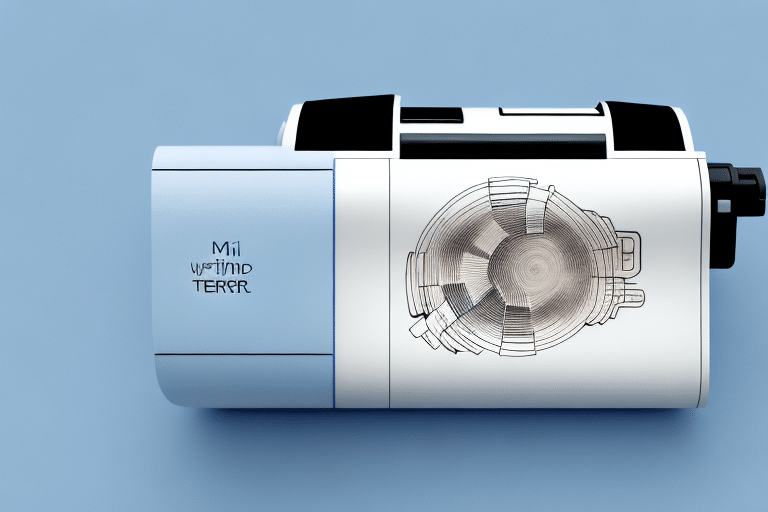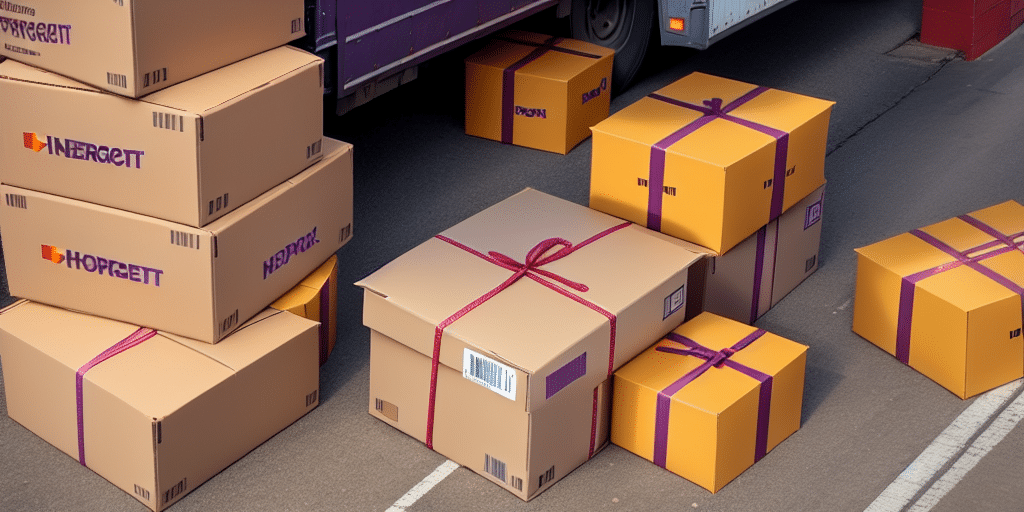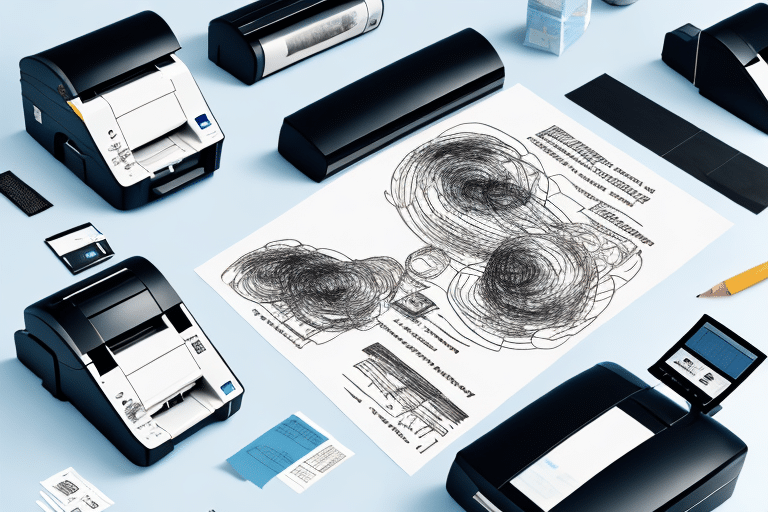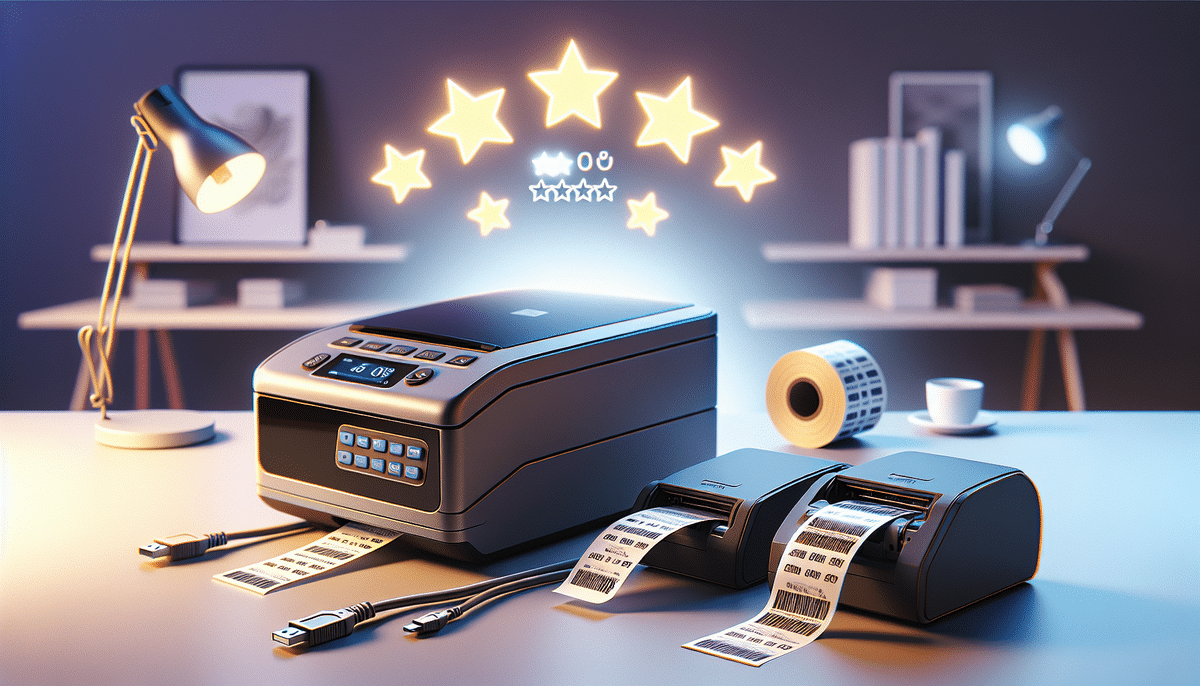Introduction
As businesses expand globally, the need for efficient and reliable shipping becomes increasingly critical. For business owners and shipping managers, setting up a UPS WorldShip printer can streamline the shipping process and enhance operational efficiency. This comprehensive guide provides detailed instructions on setting up your UPS WorldShip printer, ensuring a smooth and effective integration into your shipping workflow.
Getting Started with the UPS WorldShip Printer
System Requirements
Before setting up your UPS WorldShip printer, ensure that your computer meets the necessary system requirements for optimal performance:
- Operating System: Windows 10 or later
- Processor: Intel Pentium IV or equivalent
- Memory: Minimum of 1GB RAM
- Storage: At least 2GB of free hard drive space
- Ports: USB 2.0 or higher
- Internet Connection: High-speed broadband recommended for seamless software updates and label processing
For the latest system requirements, visit the official UPS WorldShip System Requirements.
Installing the Printer Software
To install the UPS WorldShip printer software, follow these steps:
- Connect your UPS WorldShip printer to a power source and your computer using the provided USB cable.
- Power on the printer and allow your computer to automatically detect and install the necessary drivers.
- If the drivers do not install automatically, download the latest software from the official UPS website.
- Run the installer and follow the on-screen instructions to complete the installation process.
- Once installed, open the UPS WorldShip software and navigate to the "Printer Setup" section to configure your printer settings.
Connecting and Configuring Your UPS WorldShip Printer
Connecting the Printer to Your Computer
To establish a connection between your UPS WorldShip printer and your computer:
- Plug the power cord into the printer and connect it to an electrical outlet.
- Use the USB cable to connect the printer to an available USB port on your computer.
- Turn on the printer and wait for your computer to recognize and install any additional drivers if necessary.
- Open the UPS WorldShip software, navigate to the "Ship" menu, and select the "Printer" option.
- Choose "UPS Thermal 2844" or the specific model of your printer from the list to complete the connection.
If you encounter connection issues, refer to the UPS support guide or contact UPS customer support for assistance.
Configuring Printer Settings
After connecting your printer, configure the settings to match your shipping needs:
- Open the UPS WorldShip software and go to the "Edit" menu.
- Select "Print Settings" and then "Label Printer."
- Choose your printer from the list and adjust settings such as paper size, print quality, and label type.
- Save the settings to ensure they are applied for all future print jobs.
Proper configuration ensures high-quality label printing and minimizes errors during the shipping process.
Testing the Printer
To verify that your UPS WorldShip printer is functioning correctly:
- Within the UPS WorldShip software, navigate to the "Print Settings."
- Select the "Test Print" option to print a sample label.
- Inspect the printed label for clarity and accuracy.
- If the label is not printed correctly, revisit the print settings or consult the troubleshooting section below.
Regular testing ensures that your printer remains in optimal working condition.
Troubleshooting Common Issues
Despite careful setup, you may encounter some common issues with your UPS WorldShip printer:
- Faint or Incomplete Prints: Ensure that the label stock is loaded correctly and that the print head is clean. Adjust the darkness settings in the print settings menu if necessary.
- Blank Labels: Verify that the correct label stock is selected in the software and that the thermal paper is properly inserted.
- Printer Offline: Restart both your printer and computer. Check the USB connections and ensure that the printer is selected as the default in the UPS WorldShip software.
- Paper Jams: Turn off and unplug the printer. Carefully remove any stuck paper and clean the rollers with a lint-free cloth.
If problems persist, refer to the UPS support resources or contact their customer service for further assistance.
Maintaining and Updating Your Printer
Best Practices for Maintenance
Regular maintenance ensures the longevity and reliability of your UPS WorldShip printer:
- Clean the Print Head: Use a lint-free cloth dipped in isopropyl alcohol to gently clean the print head.
- Replace Consumables: Regularly replace label stock and ribbon to maintain high print quality.
- Environment: Keep the printer in a cool, dry place away from direct sunlight and dust.
- Regular Backups: Maintain backups of your shipping files and printer settings to prevent data loss.
Updating and Upgrading Software
Staying updated with the latest software and firmware enhances printer performance and security:
- Visit the UPS WorldShip download page regularly to check for updates.
- Download and install the latest software versions, following the provided instructions.
- Ensure that printer drivers are updated alongside the software to maintain compatibility.
- After updating, perform a test print to confirm that the printer functions correctly with the new software.
Regular updates can also provide new features and improvements that enhance your shipping operations.
Conclusion
Setting up your UPS WorldShip printer is a crucial step in optimizing your shipping process and ensuring timely deliveries. By following this step-by-step guide, you can efficiently set up, configure, and maintain your printer, reducing operational hiccups and enhancing productivity.
Additionally, consider the environmental impact of your shipping practices. Utilize eco-friendly packaging materials and explore carbon-neutral shipping options offered by carriers to minimize your carbon footprint.
Effective communication with your customers is equally important. Provide tracking information and estimated delivery dates to build trust and improve customer satisfaction. Implementing automated email notifications can keep your customers informed throughout the shipping process.
For further assistance and resources, consult the UPS WorldShip support page or reach out to UPS customer service.



